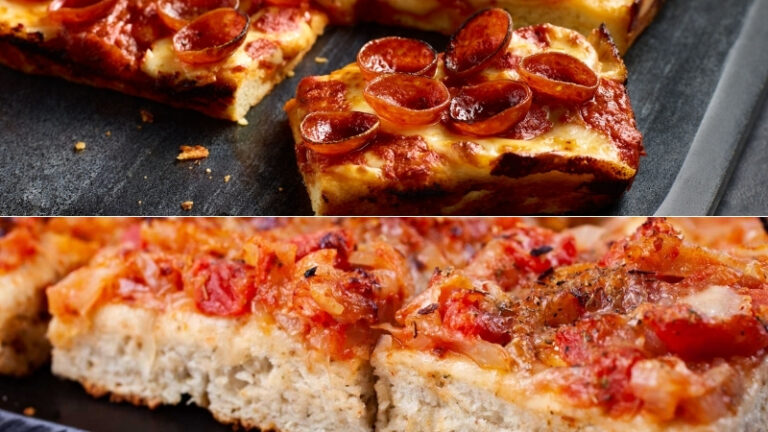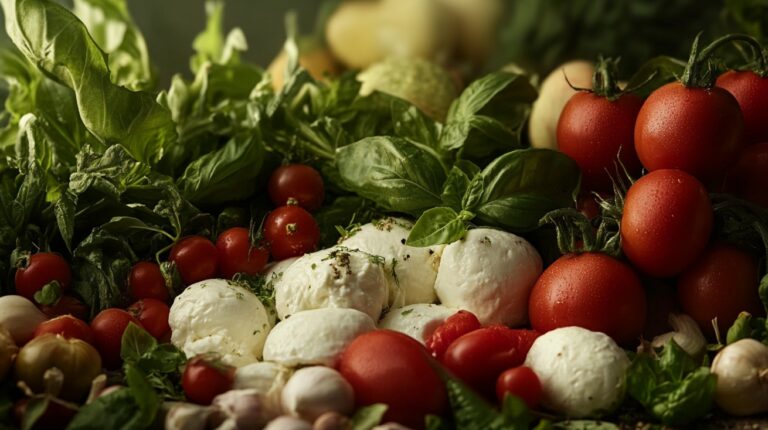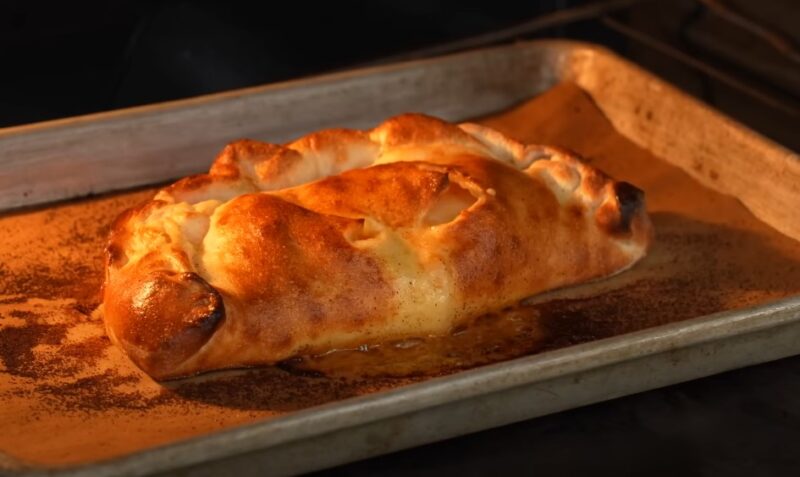Calzones might look simple—just folded pizza dough with stuff inside, right? But getting them right takes more than just throwing ingredients together and hoping for the best.
If you’ve ever had one split open in the oven or come out soggy, you know what I mean. I’ve spent years working with pizza dough, testing different techniques, and troubleshooting all the ways calzones can go sideways.
In this guide, I’ll walk you through exactly how to get that perfect balance: crisp on the outside, melty and flavorful on the inside, with zero leaks. Let’s break it down step by step.
Table of Contents
ToggleKey Highlights
- Use well-fermented dough (preferably overnight) for better texture and easier shaping.
- Avoid soggy calzones by pre-cooking veggies, draining meats, and not overfilling.
- Seal edges tightly, poke steam vents, and bake hot for a crispy, golden crust.
- Get creative with fillings—classic or wild, just keep moisture in check.
The Magic of Good Dough
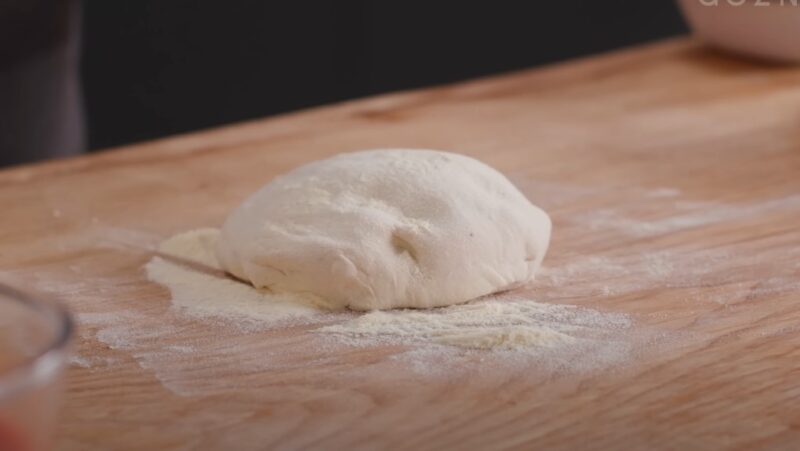
A top-notch dough sets the foundation for any calzone. Some people prefer standard pizza dough, while others enjoy a dough with a hint of sour tang. For my money, sourdough adds remarkable flavor and a delightful chew.
A popular approach is to mix the dough on day one and let it develop in the fridge overnight.
Key Factors for a Flawless Dough
- Hydration: A level around 63% (water to flour ratio) hits the sweet spot. It provides elasticity without risking an overly sticky mess.
- Fermentation Time: Let the dough develop overnight in the fridge. By next day, it’ll be more cooperative and less prone to tearing when you stretch it.
Personal Tip
I often start by feeding my sourdough starter in the morning, mixing the dough around lunchtime, and popping it into the fridge before bedtime.
The next day, that dough is super easy to handle and shape.
Shaping Your Dough Balls
Once the dough has rested overnight, pull it from the fridge and portion it out. Typical pizza dough portions might run around 200 grams each for a small-to-medium calzone.
If you’re especially hungry—or you like heftier portions—bump that number up a bit.
- Divide: Use a bench scraper or knife to cut the dough into pieces of roughly equal weight.
- Ball-Up: Shape each portion into a neat sphere. Smoothness is key: aim for a sealed underside so you don’t get random thin patches during baking.
- Relaxation: Place the balls on a lightly greased tray, cover them, and let them sit for a couple of hours at room temp. This period allows the gluten to mellow out, helping the dough remain flexible when you eventually roll or stretch it.
Stretching Like a Pro
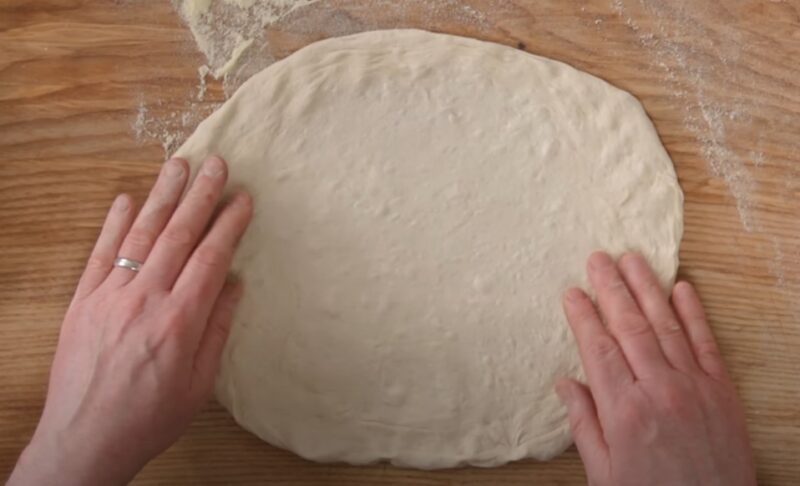
A calzone demands a circular base, similar to pizza, but you’re folding it in half. Even thickness all around helps prevent soggy spots and those dreaded leaks.
A little bit of bench flour helps you avoid sticking, but don’t overdo it—too much flour can make the outer crust dry.
Step-by-Step Stretching
- Flatten Gently: Start by pressing your fingertips into the dough to spread it out. Work from the center and move outward.
- Knuckle Trick: Rest the dough over your fists or knuckles and gradually pull the sides outward. Rotate the dough a little as you go so it stretches into a circular shape. Aim for an 8-inch circle (or bigger if you want a hearty calzone).
- Light Touch: A heavy hand can tear the dough. If a small tear happens, pinch it back together, let it rest, then continue carefully.
Fillings That Won’t Turn Your Crust into a Soggy Mess
Here’s where creativity runs wild. Any beloved pizza topping works, but beware of juicy ingredients—extra moisture can ruin the whole deal.
Classic Filling Ideas
- Cheese Combo: Mozzarella is a classic, but a few spoonfuls of ricotta, plus a sprinkle of parmesan, can turn the flavor dial up to max.
- Meaty Goodness: Salami, pepperoni, or cooked sausage—whatever your preference. Just make sure any meat is drained well. Excess grease is the enemy.
- Veggie Power: Sautéed spinach, onions, mushrooms, or peppers. Precooking these helps reduce moisture. Nobody wants a watery center.
Handy Filling Tips
- Use a paper towel to blot away moisture from ingredients like sautéed mushrooms or spinach.
- Resist overpacking. Too much stuffing can lead to tears in the dough or unappetizing pockets of juice.
- Remember that strong flavors—like spicy sausage or sharp cheese—can carry the whole calzone. Keep it balanced, but don’t skimp on the flavor bombs!
Assembling
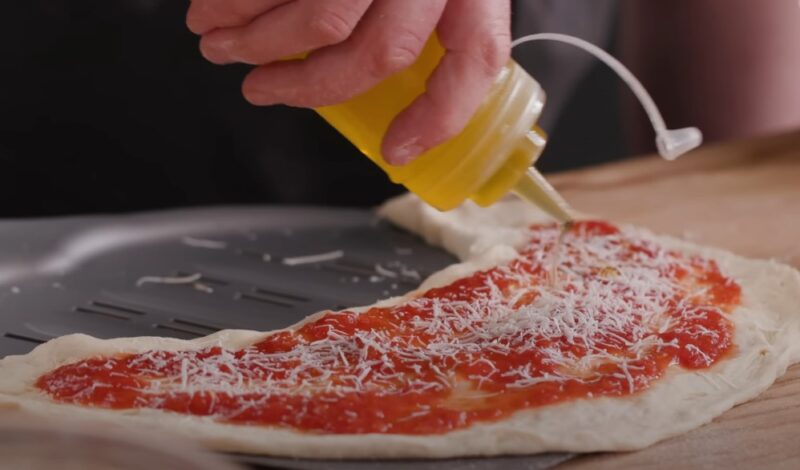
The fold is the big difference between a pizza and a calzone. Nailing that secure seal is the trick to preventing melted cheese from oozing everywhere in the oven.
- Layer on One Half: Spread out your cheese first. Then toss in any meats and veggies. Leave an inch or so around the rim to ensure you have enough space to close up the dough.
- Moisten the Edge: A little water along the outer rim helps the dough adhere to itself.
- Fold Over: Gently lift the empty side of the dough and place it over the filled side. Press the edges together firmly.
- Crimp for Safety: Some people crimp with their fingers in a braided pattern, but a simpler method is pressing a fork along the edge, creating a decorative ridge that’s both cute and effective.
- Steam Vent: Poke a small slit or two on top. That vent prevents steam buildup and helps the calzone hold its shape.
My Personal Trick
I sometimes brush a tiny bit of olive oil on the outer surface to encourage a gorgeous browning effect during baking. A sprinkle of flaky salt on top never hurts either.
Baking Techniques for a Crispy Exterior
An intense blast of heat is essential. With pizza, people often rely on scorching-hot temperatures for that distinctive crust. Calzones are no different.
Home Oven Setup
- Preheat: Crank the oven to around 475°F (245°C). Let it stabilize at that temp for at least 30 minutes. If you have a baking stone or steel, place it inside on a middle rack.
- Initial Bake: Place the calzone on a parchment-lined tray or directly on the stone. Bake for about 10 minutes.
- Temperature Adjustment: Lower the heat to around 450°F (230°C) and rotate the pan. Keep baking for another 10-15 minutes, or until the crust has a beautiful golden hue.
Wood-Fired Dream
Anyone lucky enough to have a wood-fired oven should aim for a floor temperature around 550°F to 575°F (285-300°C). Wood-fired ovens can be a bit fussy, so keeping an eye on your calzone is vital.
Serving and Savoring

Give the calzone a short break—maybe five minutes on a cooling rack—before cutting or serving. The cheese inside will be molten lava right out of the oven, so a little rest prevents mouth burn and makes slicing easier.
Fun Serving Suggestions
- Classic Marinara Side: Put a small dish of warm tomato sauce on the table for dipping. That tangy acidity balances the rich fillings.
- Herb Butter Glaze: Some people like to brush melted butter mixed with chopped garlic, basil, or oregano over the crust after baking. It adds a fragrant punch.
- Fresh Grated Parmesan: A quick grating of good parmesan on top is a surefire way to add more savory delight.
Troubleshooting Little Mishaps
Not every calzone will come out perfect. A few common hurdles might pop up along the way, and it helps to be prepared.
- Leaky Crust: Sometimes, the seal at the edge wasn’t tight enough, or maybe the dough was punctured. Next time, focus on pinching those edges more firmly.
- Too Much Sogginess: Could be from overly moist filling. Pre-cook veggies to reduce water, and keep an eye on greasy meats. Also, pat everything dry before assembling.
- Uneven Baking: Make sure the oven or wood-fired temperature is even. Rotating the calzone halfway through the bake often fixes hot spots.
Extra Twists for Adventurous Cooks

Calzones can be adapted in endless ways. Once the basic method feels comfortable, there’s no harm in branching out.
- Breakfast-Style: Fill with scrambled eggs, cheese, and breakfast sausage for a morning treat.
- Sweet Version: Try a dessert calzone with a slightly sweetened dough and fillings like Nutella, ricotta, and fresh berries. Brush the crust with a little butter and dust with powdered sugar after baking.
- Buffalo Chicken: Spice lovers might enjoy a calzone stuffed with cooked chicken, buffalo sauce, and mozzarella. Cool it down with a drizzle of ranch or blue cheese sauce.
A friend of mine once served a “loaded baked potato” calzone (mashed potatoes, bacon bits, cheddar, green onions), and it was out-of-this-world fantastic. Don’t be afraid to let your imagination run wild.
Summary
Calzones are a little more work than tossing a pie on a peel—but man, they’re worth it. Once you nail the dough and get the hang of folding without losing half your filling, the world opens up.
You get a crispy shell, gooey inside, and endless flavor options. Take your time, don’t rush the dough, and keep your fillings thoughtful. You’ll get there.
And when you pull that first perfectly golden calzone out of the oven and slice into the molten center? That’s the good stuff.


